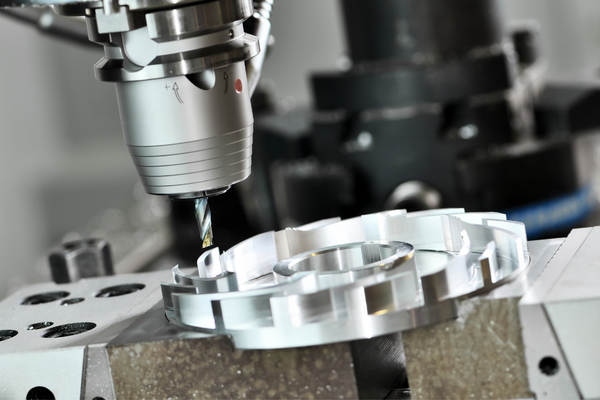Finishing metal is one of the most important processes in industrial production that people overlook most. This leads to the proper finishing of a finished product and proper maintenance and correction of surface defects, some of which are even undetectable to the naked eye. Abrasive blasting or sandblasting is a simple method of surface finishing that can be carried out using any industrial tools available in the market.

Types of Abrasive Blasting
The process of abrasive blasting is an excellent method to clean, restore and finish metal surfaces. It can remove rust, paint, and other unwanted material from the surface. Abrasive blasting is also known as sandblasting, bead blasting, or sanding.
Abrasive blasting uses a stream of abrasive grit or sand to remove unwanted material from a surface. Compressed air or water pressure propels the grit or sand against the surface at high speeds. As the grit impacts the surface, it removes the unwanted material and leaves a clean, smooth finish behind.
Abrasive blasting can be used on many types of metal surfaces, including:
Steel is one of the most commonly blasted metals because it can be easily cleaned with an abrasive blast without damaging its integrity or strength. Steel is also one of the most common materials used in construction projects such as bridges and buildings. Steel has many different finishes depending on how it will be used. Some common finishes include:
Hot-dipped galvanized – hot-dipped galvanized steel has been coated with zinc which protects it against corrosion when exposed to moisture; however, this coating needs to be regularly maintained with additional layers of zinc to protect it from corrosion over time.

Applications of Abrasive Blasting – What is Abrasive Blasting Used for
Abrasive blasting is a process that uses the force of abrasive particles to remove surface contaminants from metal. Abrasive blasting can also smooth and finish flat surfaces, remove paint and coatings, prepare surfaces for painting or electroplating and clean up surfaces before painting.
Abrasive blasting is used in many automotive, aerospace, and marine industries. The most common applications for abrasive blasting include:
Metal surface finishing services: Metal parts are blasted with various media, including sand, glass beads, walnut shells, ground nutshells, and aluminum oxide pellets.
Removing paint from metal: This can be done using high-powered air guns or low-powered blast guns that use water as a lubricant. The blasting removes all traces of paint from metal surfaces without damaging them or creating any harmful fumes or dust.

Benefits of Abrasive Blasting
Abrasive blasting can be used on a wide variety of materials and in several different applications. It is one of the most cost-effective ways to make your metal surfaces look new.
Abrasive blasting uses tiny particles to sand away rust, paint, dirt, and more from metal surfaces. The particles are propelled at high speed by compressed air. This blasts away any unwanted material from the surface of your metal items.
Benefits of Abrasive Blasting Services
There are many benefits to using abrasive blasting for your metal finishing needs. Some of these include:
Cost-effective – Abrasive blasting is much less expensive than other metal finishing methods such as electrolysis or chemical stripping.
Safe – It does not involve dangerous chemicals or toxic fumes like other types of metal finishing services. This makes it a safe option for workers who need to be around their products while they are being worked on by a contractor or another type of service provider.
Fast – By using compressed air to propel the abrasives at high speeds, abrasive blasting can take less than an hour to complete on many jobs that would take days if done manually with steel wool pads or wire brushes

Conclusion
Abrasive blasting uses are varied and can be applied to many different surfaces. Residues are removed quickly, cost-effectively, and cleanly. Blasting cleans a surface, leaving the original material intact. Abrasive blasting is an ideal solution in many applications due to its speed, flexibility, and low cost.






